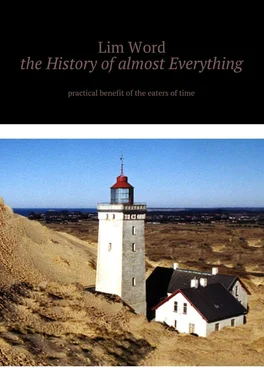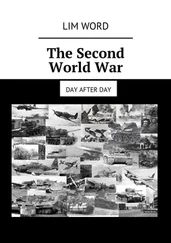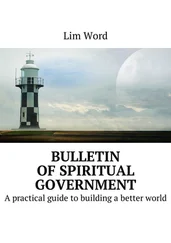So, Vasily Shuisky tonsured monks, along with two brothers he is kept in a castle, 100 kilometers from Warsaw. His own children do not have a former king. The three-year-old son of Mary Mniszek, Ivan, can claim the throne, but, nevertheless, he is still too small. Tsar Vladislav is unpopular among the people, in addition, he does not risk personally leaving Poland for Moscow, and himself, it seems, is cooling to the idea of becoming the ruler of Russia. The soil for the appearance of the third False Dmitri is still fertile.
And it is announced, (January 1611) – in the besieged Swedes of Ivangorod (150 kilometers west of present-day Petersburg). False Dmitry III manages to gather the militia in Pskov, and even drive away the conquerors. However, having come to power, the impostor is slow to move to Moscow, embarks on a dissolute life, commits violence against the townspeople and, imperceptibly, loses popularity. The conspirators who were betrayed to him by the Cossacks were removed from Pskov, allegedly to fight the Swedes that besieged the suburbs. False Dmitriy feels something is wrong, tries to escape; they catch him, put him in a cage and take him to Moscow. According to some information, the impostor is killed on the way, on others – executed in the capital.
Moscow, meanwhile, is occupied by the Poles, as the 15-year-old Vladislav Vaz, the son of the Polish king, nominally becomes king. He is elected, but not crowned. Here, a relatively independent Orthodox church shows itself with the best of luck; Patriarch Hermogen (number one), initially loyal to the foreign ruler, realizing the intentions of the occupiers, frees the people from the oath, sends letters from Moscow with appeals for resistance. The diplomas find a response, first of all, in Ryazan, where the first national militia is being formed. The Poles are sent to suppress the insurrection and the ruin of the Ryazan towns, the Little Cossacks of the Little Russians, dependent on them. Some of them die, a part – goes to the side of the people’s militia. Meanwhile, Nizhny Novgorod is rising to fight; two main resistance centers are formed. In mid-March 1611, their forces are connected near Moscow, increasing to one hundred thousand people. The occupying forces – five thousand Poles, two thousand Germans, carry out large-scale repressions in the city, set fire to houses to cope with the outraged people even before the storming – about seven thousand people died from fire and steel. In alliance with the Poles, there are some Russian boyars, and the courtyard serfs dependent on them.
To storm high white-stone walls the militia does not dare, creates its Zemsky Sobor and the system of state power. However, between the two forces – the nobility, seeking to restore statehood and serfdom, and the Cossacks, who want to preserve their liberties, there is some kind of discord. This is used by the Poles: their forgery testifies that the Ryazan leader of the Lyapunov militia is determined to destroy the Cossacks. The Cossacks call him “on a circle,” where without trial and trial, on pure emotions they kill the leader of the insurgents. As a consequence, most noblemen leave the camp. Dying of hunger in the capital (the dungeon of Chudova monastery), Patriarch Hermogen urges the people now not to obey the orders of the governor of the Moscow region, D. Trubetskoi and I. Zarutsky. However, the archimandrite of the influential Trinity-Sergius monastery, Dionysius, stands for solidarity precisely under their command. The large Cossack detachment remains on the siege of Moscow until the middle of the summer of 1612, but, with the approach of the detachments of the second militia, flees to the Ryazan lands, Astrakhan, and does not participate in further combat operations with the interventionists. Zarutskiy has a trump card – Marina Mnishek with the son of False Dmitry II, the ataman wishes to use it later for his own purposes. At the walls of the capital are the forces of Trubetskoi, directly in the murder of Lyapunov not involved.
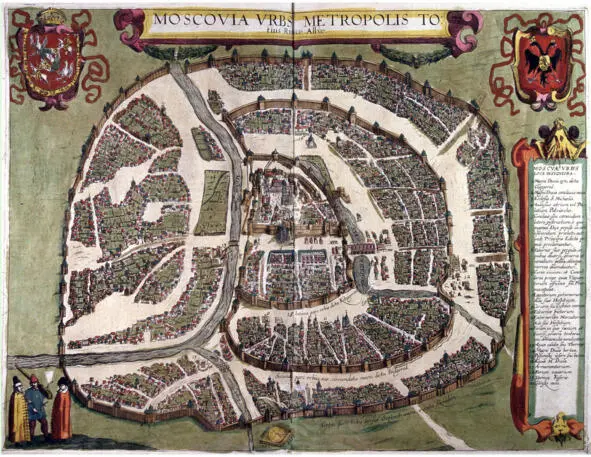
1
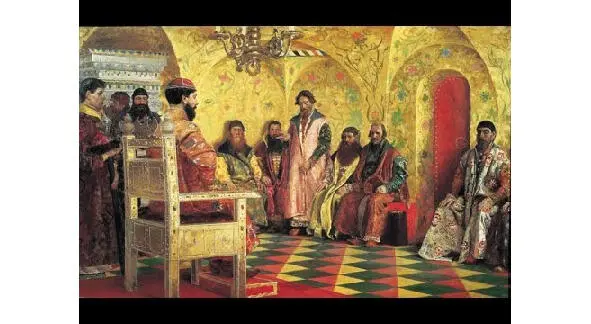
2
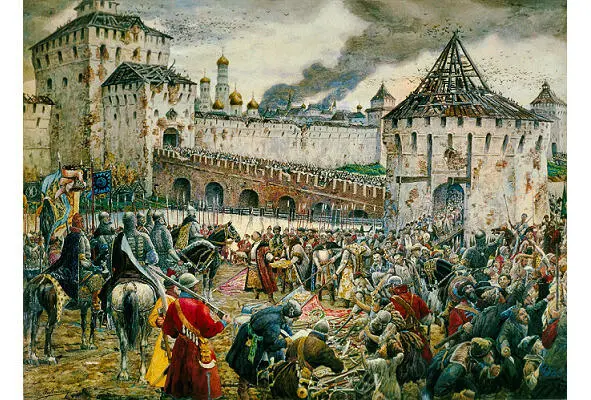
3
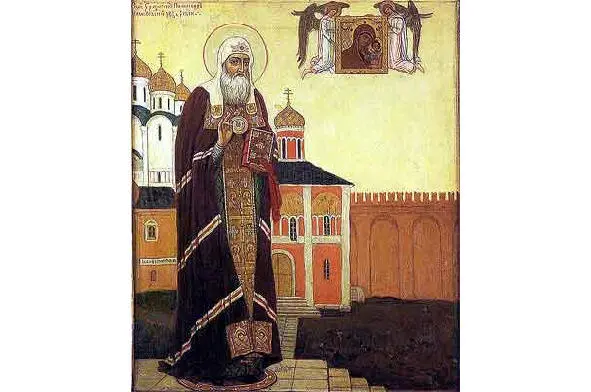
4
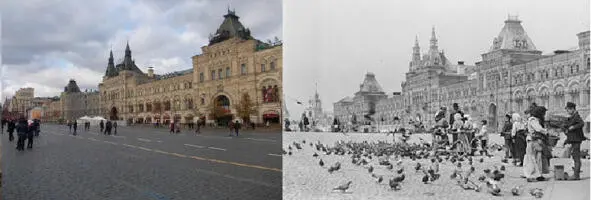
5
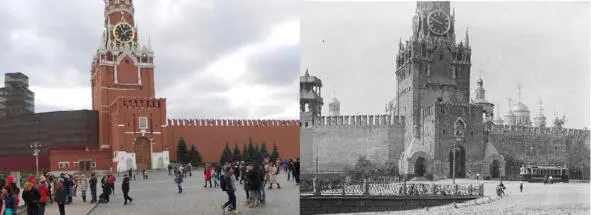
6

7

8

9
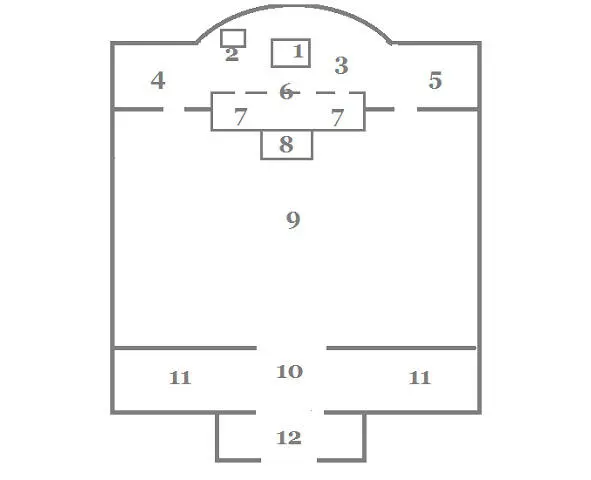
10
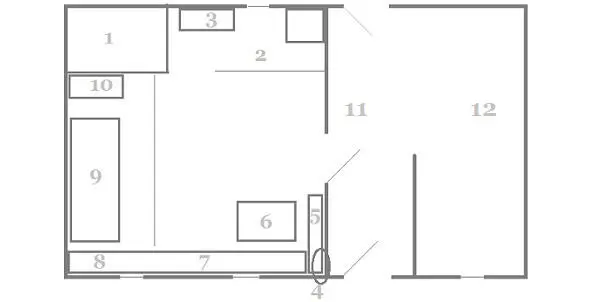
11
1. Sigismund plan, 1610, before the destruction of 1612. The north here is on the right. In the bend of the Neglinka River (then it could catch a wonderful fish) – the Kremlin.
It is interesting that the towers and walls of the Kremlin are not exactly as they are on the map, although the architectural complex was formed already under Ivan the Terrible and his father, the sovereign of all Russia, Vasily the Third.
2. This picture, as it is felt, conveys the atmosphere of the reign of Moscow princes, until the era of Peter the Great.
3. The liberation of Moscow from foreign invaders, 1612: an artistic reconstruction, quite suitable for tuning travel in Time.
4. Patriarch Hermogenes, an icon that faithfully reflects not only the appearance of the shepherd, but also the very mood of the time.
5. Red Square. Comparison with modern time. A guide for travelers on the Four-dimensional World. View of the Main Universal Store (GUM), built in 1896 on the site of dilapidated shopping arcades.
There is such a book, a fantasy; “The land of lost souls,” the American writer Neil Shusterman. In some other world, modern buildings are combined with significant, in the spiritual plan, buildings of past eras. Perhaps this combination of the past and the present gives rise to a peculiar volume of being, gives a new meaning to existence, opens up unusual prospects for life, opens up new sources of psychic energy for the soul.
6. Red Square, a site near the St. Basil’s Cathedral. The temple itself consists of nine separate churches, respectively, with their holy altars. It was built in 1555—1561, by the order of Tsar Ivan the Terrible. The most famous name is the Pokrovsky (Troitsky) cathedral named after the holy fool and Saint, St. Basil the Blessed (Naked), who was buried here.
Until 1813, at the Pokrovsky Cathedral, along the Kremlin wall (where the Mausoleum is now located), a defensive moat, filled with water from the Neglinka River, stretches. Behind the Kremlin wall, a photograph of the end of the nineteenth century shows the domes that were demolished in 1932 by the Chudov (Miracle) Monastery. Later there is the administrative 14th building of the Kremlin. In 2014, the President of Russia, looking at the renovated building (already spent 8 billion budget rubles, or 250 million US dollars at the rate), drops the phrase that it would be nice, in principle, to restore the monastery complex in its old form. As a consequence, the 14th Corps (which has also earned a certain historical significance) is destroyed “with a view to further possible development of the territory.” Now, ie, by the beginning of 2018, on the site of these two essential structures, there is an ordinary lawn.
Читать дальше
